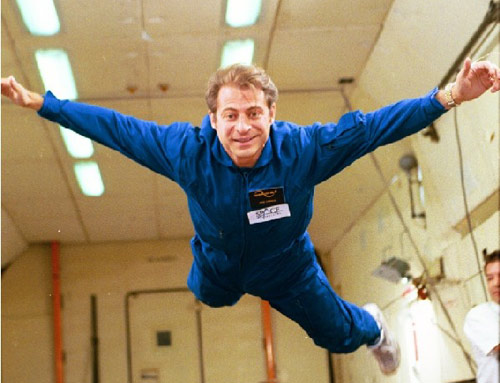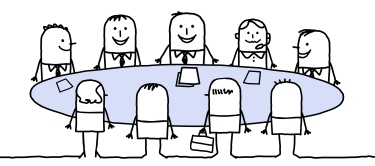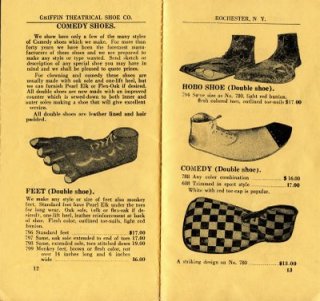Thankful for Abundance
This week not only represents the start of the holiday season but also the coming together of family and friends. We all come together and sit in front of an amazing spread of  food to celebrate how thankful we are for the sacrifices our forefathers made to journey so far and under such risky conditions in order to start a life in this new land, which was not so plentiful at times. They did this, so they could have a level of freedom that they were not experiencing in their home country.
food to celebrate how thankful we are for the sacrifices our forefathers made to journey so far and under such risky conditions in order to start a life in this new land, which was not so plentiful at times. They did this, so they could have a level of freedom that they were not experiencing in their home country.
They likely never envisioned how plentiful and varied the food in this new land would eventually become. Since it seems so natural for us to have all this food, we forget it wasn’t always this way. We sometimes lose sight of the potential for abundance all around us in all the areas of our lives. If we would just open up to the possibilities that other entrepreneurs and technology have harnessed, we could create vast abundance in our lives. We should be thankful for both what we currently have and also what we could potentially have. We have created this abundance, and we have so much more potential to do it over and over again.
I listened to Peter Diamandis speak at the EO Conference in Istanbul this September, and he shared stories of Abundance (also the name of his book and some of my blogs). His stories could make your jaw drop, especially when you consider their implications. We have the potential for abundant energy, food, water, education, computing, health care, and freedom. If you would like to know more about the potential of abundance, read Peter’s book or some of my blogs learn more about the abundance we have the capacity to be thankful for tomorrow.
I am thankful for the entrepreneur and that we live in a world filled with them. I am thankful they are passionate about something that drives them to put forth the effort to go out and create these new inventions. This allows us to live in abundance and gives us the potential for so much more.
Go make it happen, my entrepreneur friends, and show the world that a scarcity mindset is not necessary because we have the ability to live in a world that serves us all.






